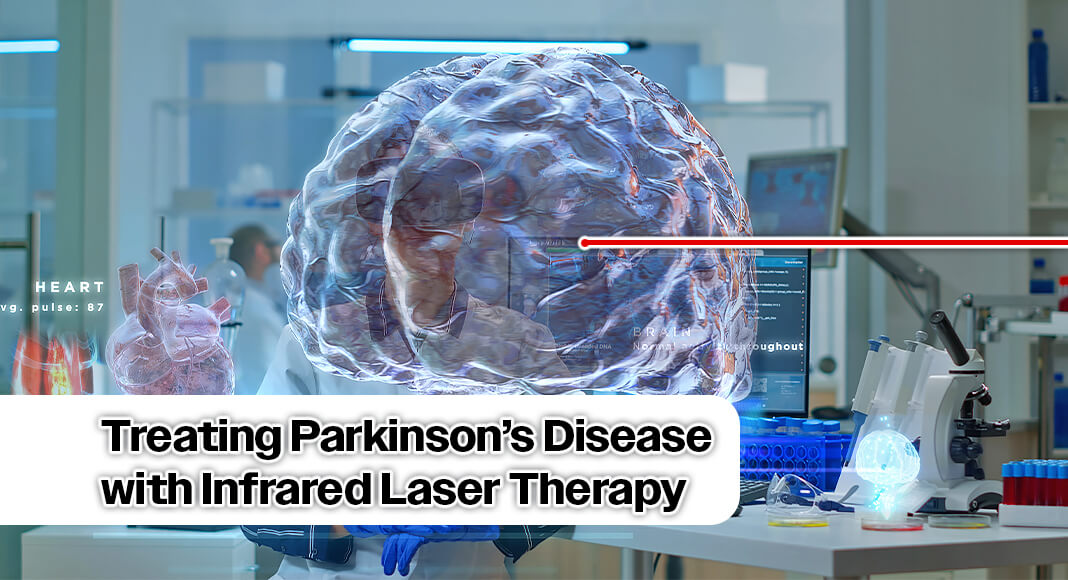
Mega Doctor News
Newswise — Infrared laser technology has been used for decades to treat tendon and muscle injuries. MLB pitchers use it before games to increase metabolism in their arm, which seems to have an injury prevention effect.
Now, researchers at the University of Delaware are exploring how the same technology can benefit the brain.
John Jeka, professor of kinesiology and applied physiology (KAAP), and other researchers at UD are collaborating with Brian Pryor, co-founder and CEO of NeuroThera, to study photobiomodulation – an infrared laser technology – as a potential treatment for Parkinson’s disease.
The goal is to improve symptoms by targeting brain regions affected by Parkinson’s, such as the frontal cortex, which supports executive function and memory and helps control motor behavior.
“Multiple studies have shown that laser therapy can penetrate brain tissue, improving cellular metabolism and increasing blood flow,” said Roxana Burciu, part of the team from UD’s KAAP department. “We hope this leads to improvements in mobility, balance and executive function.”
Their study is unique because it includes a placebo group, which helps determine whether the observed effects are due to the therapy itself rather than expectations or unrelated factors. Participants are also tested off medication, as medication can mask or confound treatment-related changes.
“We want to understand the effects of the treatment on the disease without the influence of medication,” Jeka said.
Some study participants also combine laser therapy with structured exercise.
“Exercise can complement medication in managing symptoms,” Burciu said. “We want to see whether laser therapy, on its own or combined with structured exercise, could lead to greater improvements in motor function than either approach alone.”
To measure outcomes, researchers use wearable tech to track motion and activity. Patients also undergo cognitive testing three months after their final laser therapy session to gauge potential long-term benefits.
The exploratory study is funded by UD’s Big Ideas Challenge and the Delaware Biotechnology Institute.
“This funding is crucial and helps us gather the pilot data we need to pursue larger grants,” Jeka said.
Advancing the science
Investigators plan to test a new helmet that simultaneously stimulates the frontal and motor cortices.
“Hopefully, that has a stronger effect,” Jeka said. “But it will take years to determine.”
Future studies could also utilize MRI and blood biomarkers to track physiological changes associated with PD.
If laser therapy proves to be a valuable intervention that can modify motor and cognitive function and enhance quality of life, researchers want to make it more widely accessible. While Pryor doesn’t expect laser therapy helmets to become at-home devices in the next few years, NeuroThera aims to make them available in medical settings.
“With the dosing we’re delivering, it will likely remain a clinical tool,” Pryor said. “If clinical trials succeed and insurers cover the treatment cost, it could become more accessible.”











